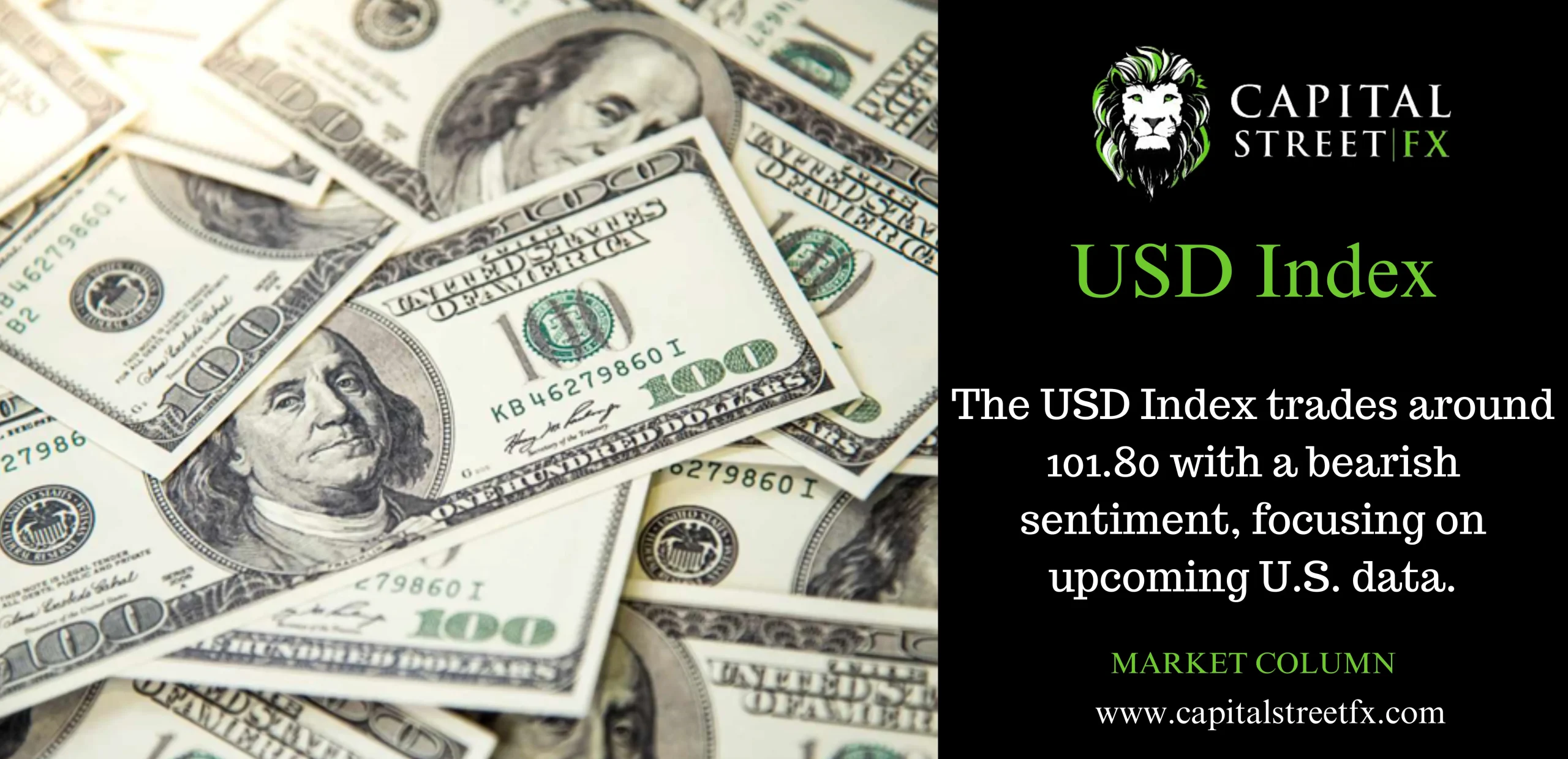The USD Index trades around 101.80 with a bearish sentiment, focusing on upcoming U.S. data.
- The US Dollar Index is confronted with a bearish outlook amid anticipated dovish signals from the Federal Reserve.
- The subdued US GDP data has heightened expectations of rate cuts by the Fed in early 2024, despite members dismissing such speculations.
- Traders are keenly awaiting the Core PCE – Price Index data for further insights into the US economic landscape.
The US Dollar Index (DXY) is trying to recover from recent declines, trading around 101.90 in the early European session on Friday. The release of mixed economic data from the United States on Thursday has reinforced expectations that the Federal Reserve (Fed) will adopt a more accommodative monetary policy in the first quarter of 2024, exerting downward pressure on the US Dollar (USD).
Recent data from the US Bureau of Economic Analysis (BEA) reveals that the Gross Domestic Product Annualized (GDP) experienced a 4.9% decline, deviating from the anticipated stability at 5.2%. Furthermore, the Philadelphia Fed Manufacturing Survey reported a sharper decline in December with a reading of -10.5, surpassing the expected -3.0 and the November decline of 5.9. Conversely, Initial Jobless Claims for the week ending December 15 stood at 205K, below the expected 215K, providing a positive note amid the mixed economic indicators.
The heightened anticipation of interest rate cuts appears to be rooted in the Federal Reserve’s (Fed) recent dovish stance during its latest meeting. Despite the central bank officials urging caution and discouraging premature conclusions, there is an acknowledgment of the necessity for time before any potential rate adjustments. Philadelphia Fed Bank President Patrick Harker has added to this discussion by expressing a willingness to consider the possibility of lowering interest rates.
Market participants are expected to closely monitor Friday’s array of economic data releases, particularly the Core Personal Consumption Expenditures – Price Index data, which is anticipated to show softer figures.

